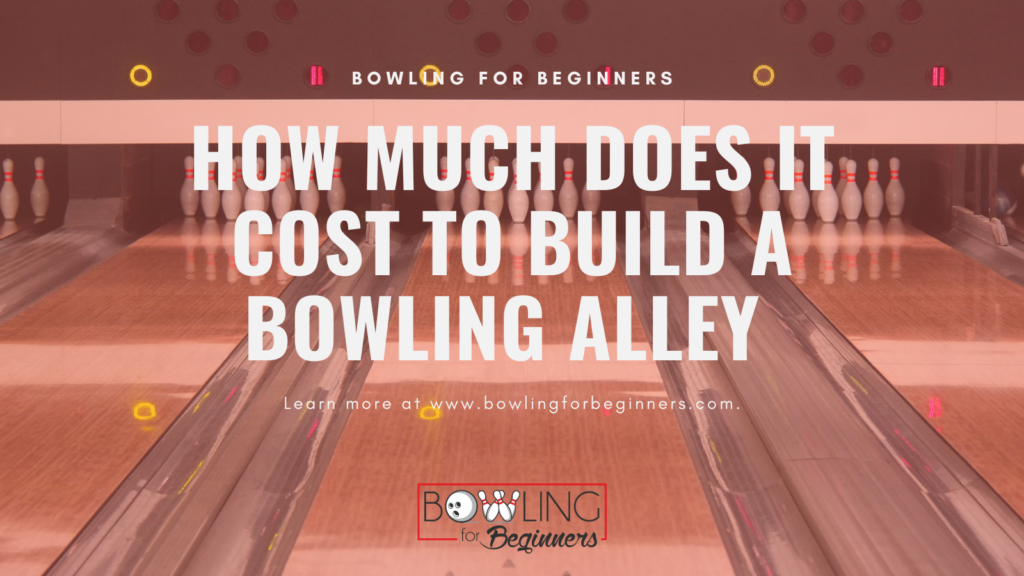
If you're looking for a new business venture, then you may want to consider building a commercial bowling alley. According to industry experts, the cost to build a bowling alley can vary significantly, depending on the size and features of your business. So before you make any final decisions, be sure to crunch the numbers and see if this type of business is right for you.
In this blog post, we'll give you a breakdown of the average costs associated with building a commercial bowling alley.
Contents
How Much Does It Cost to Build a Bowling Alley
Building a commercial bowling alley can be a significant investment, but the costs will vary depending on a number of factors. The size of the facility, the location, and the type of equipment used are all important considerations. In general, it is possible to build a bowling alley for around $3,203,300.
However, if you are looking to construct a larger facility or one that offers a variety of amenities, the costs can easily reach $5 million or more. With so much money at stake, it is essential to do your homework before breaking ground on a new bowling alley.
The following elements could affect the cost of building a bowling center:
- Purchasing used/new equipment
- Furniture types
- Lighting
- Scoring/scoring monitors
- Audio/ Music
- Video screens or graphics
- Graphics and décor
- Theming
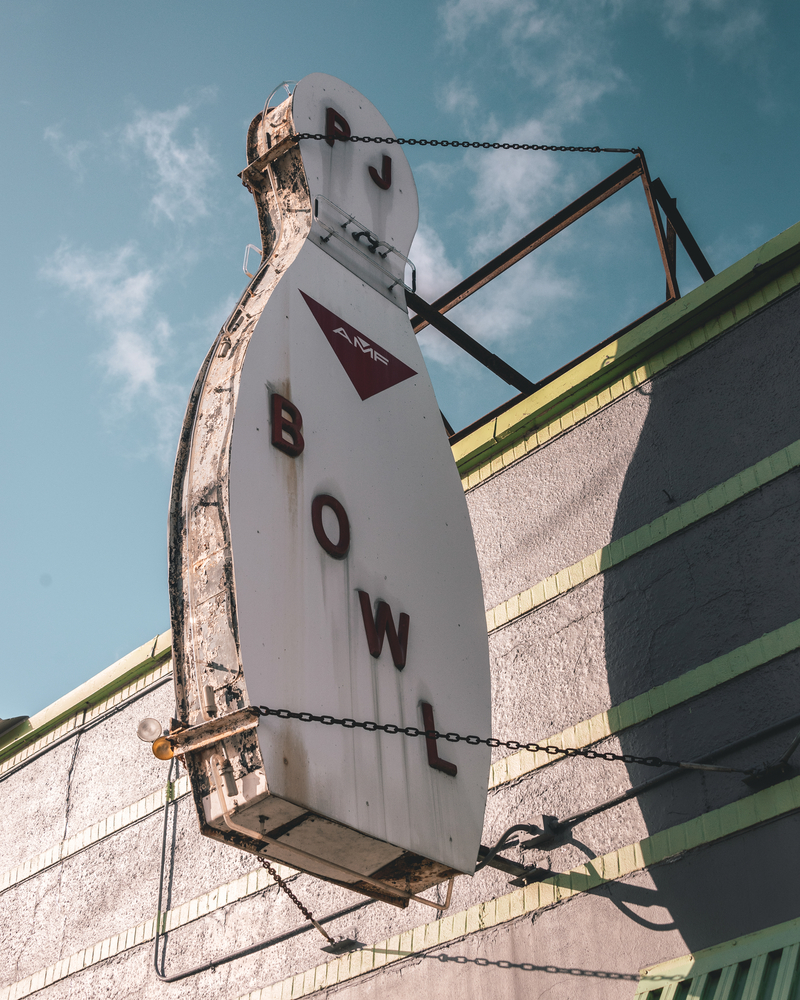
Factors to Consider When Building a Commercial Bowling Alley
It's not hard to see why bowling is such a popular pastime. It's easy to learn, can be played with friends and family, and is a great way to get some exercise. If you're thinking about opening a profitable bowling alley, there are several factors you'll need to consider.
Below are the 7 most important things you'll need to think about when building a commercial bowling alley.
1. Location or Demographics
When choosing a location for a commercial bowling alley, it is important to consider the surrounding demographics. The ideal location for a bowling alley is one that is close to a population center, such as a city or town. For example, in the US, a population density of 2,000 per lane is crucial within a 5-mile radius.
This means that a 12 Lane bowling alley should have a population of 24,000. This will help to ensure that there is a steady stream of customers. In addition, it is important to consider the income level of the surrounding community.
A bowling alley is likely to be most successful in an area with a high median income, as people in this demographic are more likely to have the disposable income necessary to afford the cost of bowling. Finally, it is also important to consider the age of the surrounding community.
A bowling alley that caters to families with young children is likely to be more successful in an area with a large population of young families. By taking demographics into account when choosing a location, you can help to ensure that your commercial bowling alley is successful.

2. Property Requirements Approximate
Bowling alleys typically have a variety of different sizes and types and number of lanes, as well as a variety of different amenities such as pro shops, snack bars, and an arcade game room. The number of lanes and the size of the land required for a bowling alley can vary depending on the specific requirements of the business. However, there are some general property requirements that all bowling alleys must meet in order to be operational.
For example, a good bowling alley must have at least four lanes, and the land size must be large enough to accommodate these lanes, as well as other necessary features such as parking, walkways, and landscaping.
Here’s a table showing the property requirement approximates:
| Number of Lanes | Space Required |
|---|---|
| 16 | 2 Acres (.8 HA) |
| 24 | 2.5 Acres (1 HA) |
| 32 | 3 Acres (1.2 HA) |
| 40 | 4 Acres (1.6 HA) |
| Parking Space | At least 5 spaces per lane |
By meeting these basic requirements, a bowling alley can provide its customers with a safe and enjoyable experience.
3. Approximate Alley Building Dimensions
When building a commercial bowling alley, it is important to take the approximate dimensions into account. For example, the number of lanes and the land size. This is because these factors can affect the overall cost of the project.
If the bowling alley is too small, it may not be able to accommodate all of the equipment. On the other hand, if it is too large, it may be more expensive to build and maintain. In addition, the land size will also affect the cost of the project.
If the land is too small, it may not be able to accommodate all of the necessary equipment. If it is too large, it may be more expensive to build and maintain. Therefore, taking these approximate dimensions into account is essential for ensuring that the project is completed within budget.
Here are some important approximates:
- Width: 5.6'/ LANE (171cm). There should be space divisions for support poles and walkways on the sides.
- Depth: 150'-175' (46M-54M)
- Back wall: This should be at least 100'(30.48M) and an additional 50'-75' for the front desk, concourse, restaurant, etc.
4. Bowling Alley Equipment Costs
In order for a commercial bowling alley to function properly, it must have the right equipment. Pinsetter machines are responsible for setting up the pins in each frame, and they must be able to do so quickly and accurately. Scoring monitors are used to keep track of the score for each player, and they must be easy to read and use.
Other bowling equipment delivered and installed could cost between $18,000 to $45,000 per lane. The cost could also vary depending on whether you use a combination of new and used equipment but will serve you for about 30 years if well maintained.
The cost of the equipment can rise to $ 90,000-$110,000 per lane if you’re building a completely new bowling center, including land and building. Should you decide to renovate an existing alley, costs can be $50,000 to $65,000 per lane.
Without these essential pieces of equipment, a bowling alley would not be able to operate. Therefore, it is important that bowling alley owners invest in high-quality equipment that will be able to withstand heavy use. Not only will this ensure that their business can run smoothly, but also it will also provide a better experience for customers, therefore, increasing bowling revenue.

5. Cash Flows
Any business needs a positive cash flow in order to be successful, and a commercial bowling alley is no different. In fact, cash flow is especially important for a bowling alley because of the high cost of maintaining the equipment and keeping the premises clean and in good repair. A bowling alley also needs to have a steady stream of customers in order to generate income, which can be difficult to achieve if the business is not properly managed.
According to RSMeans, the average cost per game in the U.S. is approximately $3.00, and for every $1.00 revenue, the non-bowling revenue is $.67 for food and beverage, vending machines, shoe rental, arcade games, etc. This means that you can generate about $36,750 per lane annually if operational costs are kept at 25%-33% of gross revenue.
By carefully monitoring the cash flow, businesses can ensure that they have the funds available to cover their expenses and continue to operate successfully.

6. Number of Bowling Lanes
The cost of building a commercial bowling alley is also determined by the number of lanes. Generally, each lane costs between $90,000 and $120,000 to construct 2 lanes. As a result, a 12-lane bowling alley would cost between $1,080,000 and $1,440,000 to build.
The number of lanes also impacts the size of the building. A 12-lane bowling alley would require a minimum of 9,600 square feet of space, while a 24-lane alley would need at least 19,200 square feet. This increase in size also affects the cost of leasing or purchasing land for the bowling alley.
In addition, the number of lanes determines the number of employees needed to operate the business. A 12-lane bowling alley would typically require 4 full-time employees, while a 24-lane alley would need 8 employees. As labor costs are one of the largest expenses for a bowling alley, this can have a significant impact on the overall cost of the business.
As such, when deciding how many lanes to include in a commercial bowling alley, it is important to consider all of these factors.
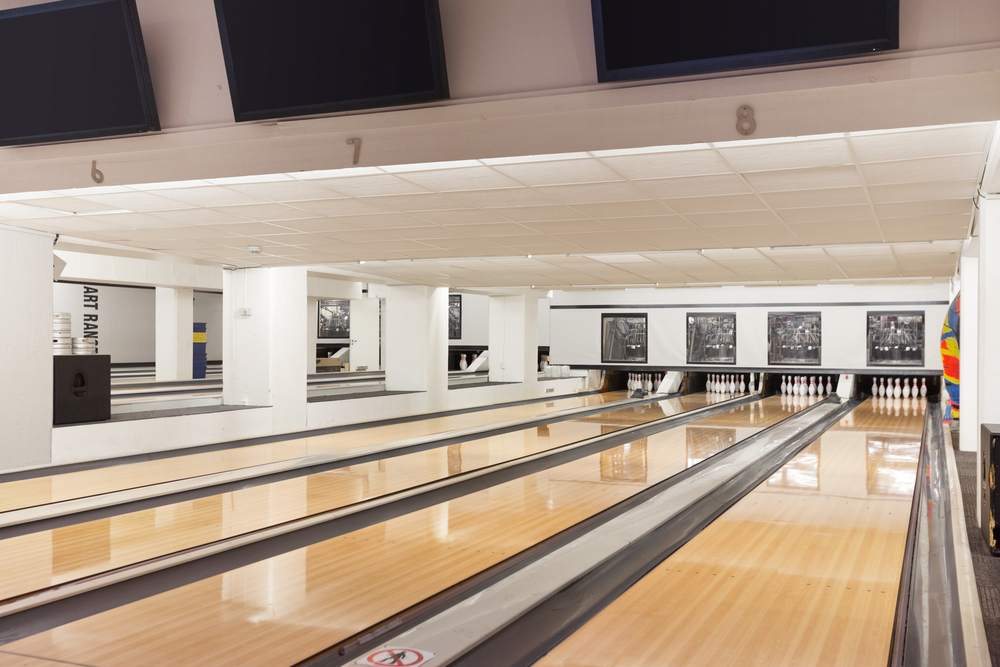
7. Lane Design
The lane design is another important factor that can determine the cost of building a commercial bowling alley. Standard lanes are made from butcher block, which is a durable but relatively inexpensive material. However, more elaborate designs can use custom colors and even glow-in-the-dark graphics.
While these features may add to the cost of the project, they can also help to attract customers and create a more exciting atmosphere. Careful consideration of lane design is essential when determining the cost of building a commercial bowling alley. Also, one of the most important things is the lane oiling machines.
These machines are responsible for applying oil to the lane, which helps to create a smooth surface for the ball to travel down. Without a properly functioning lane oiling machine, it would be very difficult to maintain a high level of play at a commercial bowling alley. As a result, the cost of building a bowling alley is directly impacted by the price of these machines.
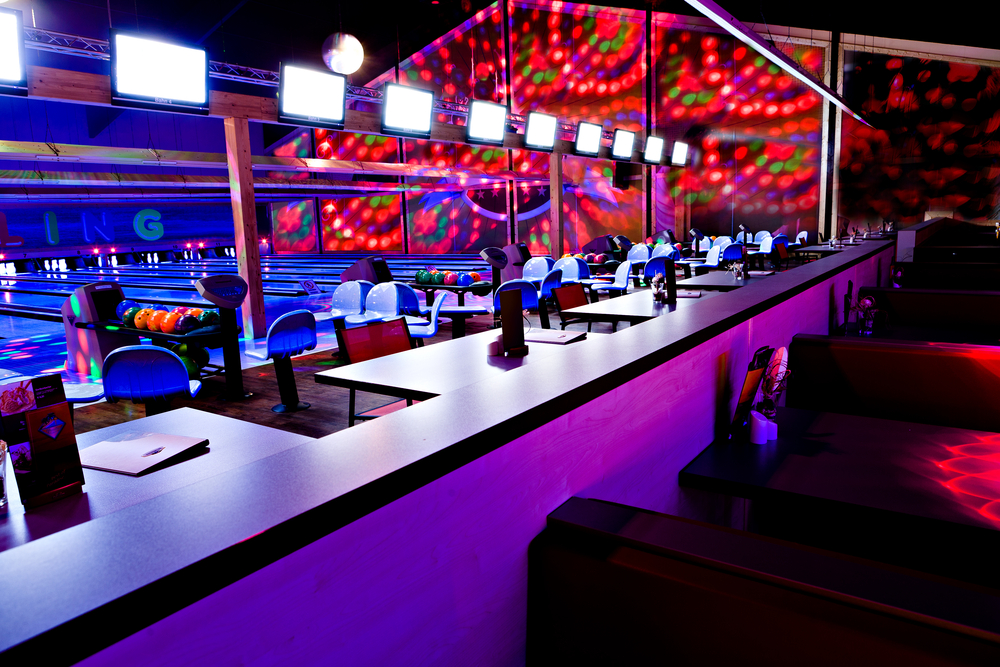
Bowling Alley Square Foot Cost
Below is an overview of the estimated costs to build a commercial bowling alley in the US. These costs are generated based on the assumption that you’re building a concrete block with a steel roof deck. Also, they’re estimates for 1 story building with a height of 14.00 ft, a floor area of 20,000 Sq ft, and no basement included.
We managed to generate these estimates using RSMeans Data Construction Estimate Software. Feel free to play around with the numbers.
1. Union labor cost estimate
| Cost Estimate (Union Labor) | % of Total | Cost/Sq Feet | Cost |
|---|---|---|---|
| Total | - | $119.75 | $2,395,000 |
| Contractor Fees (GC, Overhead, Profit) | 25% | $29.94 | $598,800 |
| Architectural Fees | 7% | $10.48 | $209,600 |
| Total Building Cost | - | $160.17 | $3,203,300 |
2. Open shop cost estimate
| Cost Estimate (Open Shop) | % of Total | Cost/Sq Feet | Cost |
|---|---|---|---|
| Total | - | $112.48 | $2,249,500 |
| Contractor Fees (GC, Overhead, Profit) | 25% | $28.12 | $562,400 |
| Architectural Fees | 7% | $9.84 | $196,800 |
| Total Building Cost | - | $150.44 | $3,008,700 |
Is Bowling Alley a Good Business?
Many people enjoy bowling, but few think about the business side of things. Running a bowling alley can be profitable, but it is important to do extensive research. There are a few key considerations to keep in mind when deciding if a bowling alley is the right business for you.
First, you need to have a good location. Bowling alleys require a lot of space, so you will need to find a property that is large enough to accommodate your business. You will also need to make sure that your property is in a good location, such as near a residential area or close to other businesses that can generate foot traffic.
Second, you need to have the right equipment. Bowling alleys are expensive to set up, so you will need to make sure that you have the financial resources to purchase all of the necessary equipment.
Finally, you need to have a good business plan. Like any other business, a bowling alley needs to be well-managed in order to be successful. If you can keep these factors in mind, then you should be able to decide if a bowling alley is the right business for you.
Is a Bowling Alley a Good Investment?
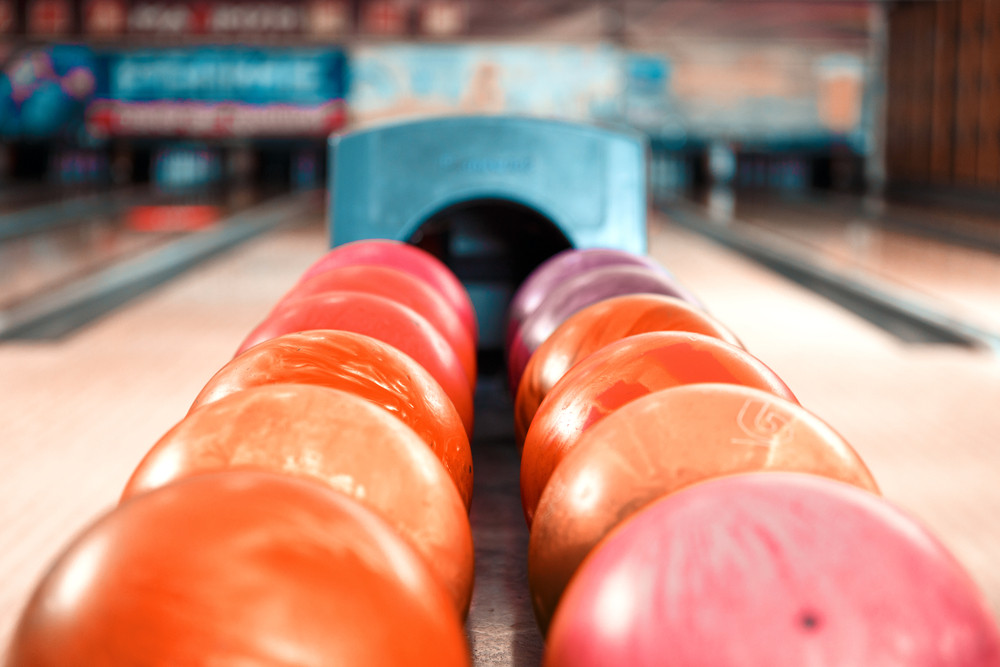
Yes, but the profitability of a bowling alley will depend on a variety of factors.
These factors include the location of the alley, the size and layout of the space, and the type and quality of equipment.
However, in general, many bowling alleys can be profitable investments if they are well-managed.
How Do You Run a Successful Bowling Alley?

There is no surefire answer to this question, as every bowling alley is different, and what works for one may not work for another. Nevertheless, there are some general tips that can help you run a successful bowling alley.
- First and foremost, it's important to have a good business plan. This will help you map out your goals and figure out how to achieve them.
- You also need to know who your target market is and what they're looking for in a bowling alley. Are you aiming for families? Couples? Businesses? Once you know who your target market is, you can start crafting your marketing strategy accordingly.
- It's also important to have a great team working for you.
How Much Does It Cost to Build a Home Bowling Alley?

A basic home bowling alley can cost upwards of $100,000. Once you've selected your lane, you'll need to purchase the necessary equipment, which includes bowling balls, bowling shoes, pinsetter machines, and so on. The cost of this equipment can vary depending on the quality and brand you choose.
Why Bowling Alleys Do Not Have Windows

Bowling alleys do not have windows because the light would interfere with the player's ability to see the pins.
They want players to focus on their game and not on their surroundings, as windows could also create a distraction for players since they could be looking out into the street and see people walking by or cars driving by.
Related Articles
- Best Place to Buy Bowling Balls
- How Much Does a Bowling Pin Cost
- How Much Is It to Build a Bowling Alley
For those who love bowling, there's nothing better than having their own private alley. But how much does it cost to build a bowling alley? The answer, of course, depends on a number of factors, including the size and location of the alley.
Generally speaking, it is possible to build a small, private bowling alley for around $$3,203,300. Of course, the cost of land and construction is only part of the equation. In order to make a bowling alley profitable, it is also necessary to consider the cost of equipment, staffing, and maintenance.
With all of these factors taken into account, building a bowling alley is a significant investment. But for those who are passionate about the sport, it can be well worth the cost.
Kira Byrd, a Certified Fraud Examiner, holds a B.S. in Accounting from the University of Alabama at Birmingham. With a passion for bowling from her childhood, Kira has poured her expertise and personal experiences into creating and nurturing Bowling For Beginners. Kira's mission is to meet new bowlers where they are and guide them toward consistently achieving higher scores. With a focus on skill development and strategic techniques, she empowers readers to take control of their game and unlock their true potential.
Bowling For Beginners embodies strict editorial integrity, ensuring reliable and unbiased information. Kira's commitment to delivering valuable insights and practical strategies is reflected in every article. Here's an explanation of our editorial policy and how we get money.





